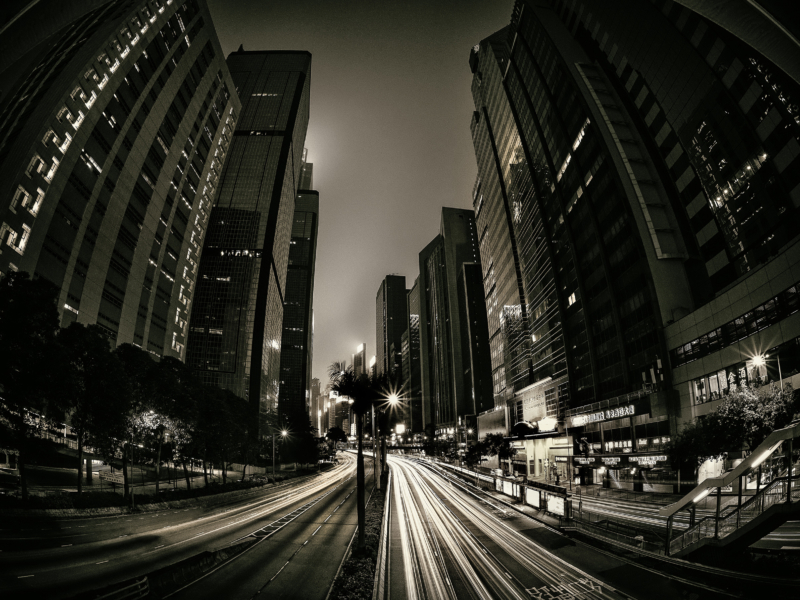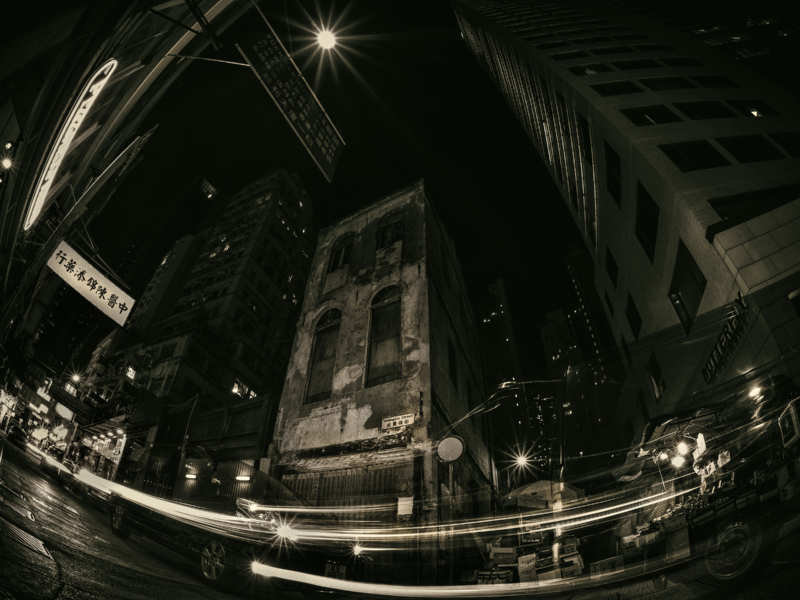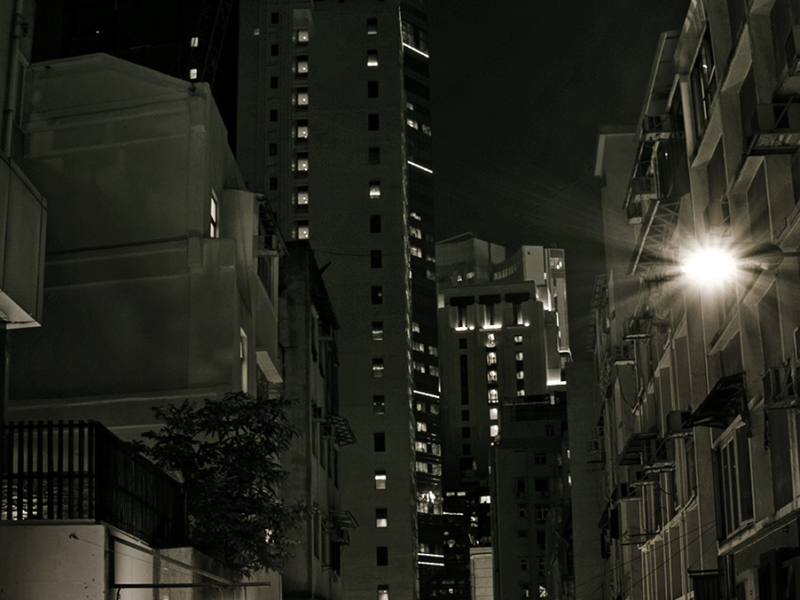Threads of Light
Pliny the Elder narrated that the painter Apelles went to Rhodes to get to know Protogenes and to see his paintings. Not finding him at home, he asked the old housekeeper if he could step in anyway and once inside the house, as he spotted a canvas ready to be painted on, he drew a very thin line on it with a brush. “Show it to your master,” he said to the woman. “He’ll understand who has been here.” Protogenes had no troubles in identifying Apelles as the author of that line and, taking up the challenge, he drew an even thinner line over its entire length, using another color. Once more, Apelles went to his colleague’s home and did not have the luck to meet him. In seeing the line with which Protogenes had divided his into a half, Apelles dipped a thin brush on a different color than the ones that had already been used, and traced a new sign, even thinner than the previous two. When Protogenes saw it, he realized that he could not do any better and, in admiration, he went to look for Apelles to show him his approval. Despite not presenting anything but barely perceptible lines, that canvas became such an object of curiosity that it was displayed in Rome, at the Palace of the Caesars, and it remained there until a fire destroyed it.
This anecdote, quoted many times by the scholars of ancient art, was the subject of thirty different interpretations. The most accepted theory is that by overlaying colorful lines, the intention was to create three-dimensionality and chiaroscuro, which illuminates the forms, shaping them and giving them volume.
Adhering to the spirit of the time, Apelles and Protogenes wanted to represent the reality of life, giving special focus to details. This happens also in the works of artist and photographer Enrico Gili, who – superimposing layers and lines of different tones to each streak – gives a slight roundness to the stripes, obtaining an effect of chiaroscuro and depth.
Light is the constant theme of Enrico Gili’s entire production. He includes surfaces that are dark and punctured or torn by beams of light, luminescent reflections on water surfaces. Everything points to the individual, and not only in the existential sense. His approach is also sociological, because Enrico Gili focuses on our cities.
Cities that have seen entire landscapes being populated and then being reshaped according to and with the changing of times. Cities that shatter their contradictions, and then accept them. Cities where people live through the use and perception of things. Cities that show their geometric, compositional and matter-related characteristics. The photographic image captures a subtle phase of mutation and no one will ever disturb this poetic moment, which captures this city conceived by man and now transformed.
The city therefore takes the look of a chrysalis that is going to leave its case, and the camera captures this very delicate phase of mutation: between the ‘not anymore’ of the previous stage and the ‘not yet ‘of what will be. The image is about to grasp the point of transition between destruction and renewal, leaving time to things, so that they can occur. Enrico Gili’s photographs reveal the slow dreamlike pulse of the urban space in a deserted scene, between two actors: light and matter. Photography thus becomes the only medium that can record an event that would not otherwise be perceptible. As in an accurate focus, the two stages of ruin and splendour coincide; the past of the buildings, the traces of the previous seasons of the city, its scattered limbs – dissected and in part already recomposed – are illuminated by a light that recalls, not surprisingly, the one typical of baroque paintings.
And thanks to the “no-where” of this city, which is embodied in the popular imagination because of the emblematic features of means of transport, roads, shopping centers, airports – purely functional and transit places devoid of any community and temporary – the silent creative independence of Enrico Gili, guest of Novalis, freely investigates the living spaces of different real places.
Antonio Arevalo
Antonio Arevalo, was born in Chile. Since 1975 he has been living and working in Rome. He is a poet, consultant and curator of independent art and was Commissioner for Chile at the 49th edition of the Venice Art Biennale (with Honorable Mention from the International Jury), and curator of the Biennial ‘Adriatic New Arts 2006’.
He has curated many international festivals, exhibitions and important events at museums and private galleries in Italy, Chile, France, Argentina, Ecuador, Mexico, USA, Spain, Germany, Slovenia, Sweden and Czech Republic. He has been the curator of the Chili Pavillion at the 53rd Edition of the Venice Art Biennale “Fare Mondi”.

















